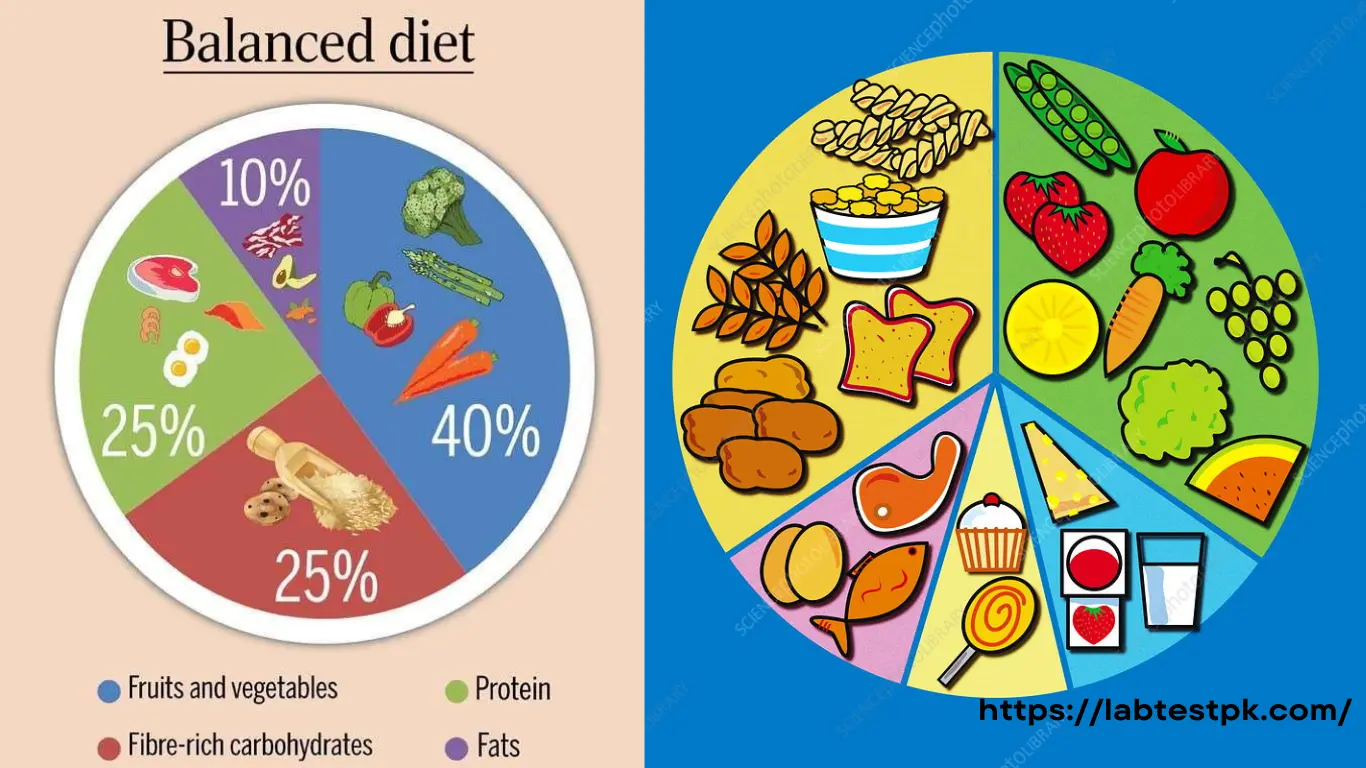0818 Work Insights
Your go-to source for the latest work trends, tips, and advice.
Eating Right: The Flavorful Journey to a Balanced Plate
Discover delicious tips and tricks for creating a balanced plate that excites your taste buds and fuels your body on a flavorful journey!
Exploring the Power of Colors: How to Create a Vibrant and Balanced Plate
Exploring the Power of Colors in our food not only makes our meals visually appealing but also enhances the nutritional value of our plates. A vibrant plate typically includes a variety of fruits and vegetables, each offering unique health benefits. For example, red foods like tomatoes and strawberries are rich in antioxidants, while green vegetables such as spinach and broccoli provide essential vitamins. By creating a colorful plate, you are effectively balancing nutrients and ensuring a range of vitamins and minerals are included in your diet.
To create a vibrant and balanced plate, you can follow these simple steps:
- Select a variety of colors: Aim for at least three different colors with each meal.
- Include all food groups: Incorporate proteins, whole grains, and healthy fats alongside colorful fruits and vegetables.
- Consider seasonal produce: Using seasonal fruits and vegetables often means they are fresher and more nutrient-dense.
By consciously designing your meals with a spectrum of colors, you not only elevate the aesthetics of your plate but also nourish your body in a more holistic way.

The Art of Portion Control: Finding the Right Balance for Your Meals
The Art of Portion Control is essential for maintaining a healthy lifestyle and achieving your wellness goals. Mastering this skill involves understanding the right balance for your meals, which can help you manage your weight and prevent overeating. Start by familiarizing yourself with recommended serving sizes and using visual aids, such as your hand or a plate, to gauge portions. For instance, a serving of protein should be about the size of your palm, while carbohydrates can be measured by a cupped hand. Incorporating the practice of mindful eating—taking your time to chew and savor each bite—will also encourage a greater appreciation for the balance of flavors on your plate.
When it comes to achieving the perfect meal size, it's important to remember that portion control doesn't mean depriving yourself. Instead, focus on filling your plate with a variety of foods that are nutrient-dense, such as fruits, vegetables, whole grains, and lean proteins. A good strategy is to use the plate method, dividing your plate into sections: fill half with vegetables, a quarter with grains, and a quarter with protein. This visual guide can help you maintain a balanced diet without needing to weigh or measure every item. By practicing these techniques, you'll cultivate a healthier relationship with food and develop the ability to enjoy meals without the fear of overindulgence.
Eating Right on a Budget: Tips for a Flavorful and Healthy Diet
Eating healthy doesn't have to break the bank. With a little planning and smart shopping, you can enjoy a flavorful and healthy diet without overspending. Start by creating a weekly meal plan that includes budget-friendly ingredients like beans, lentils, and seasonal vegetables. This not only helps you save money but also reduces food waste. When shopping, always stick to your list, and consider buying in bulk, as this can significantly lower your grocery bills.
Another effective strategy is to embrace cooking at home. Preparing meals from scratch allows you to control the ingredients, portion sizes, and costs. Try to incorporate healthy recipes that utilize affordable staples like rice, pasta, and frozen vegetables. You can also explore local farmers' markets for fresh produce at lower prices, and don’t forget to look for discounts or coupons that can help you save even more. Remember, eating right on a budget is not just achievable; it can be an enjoyable culinary adventure!